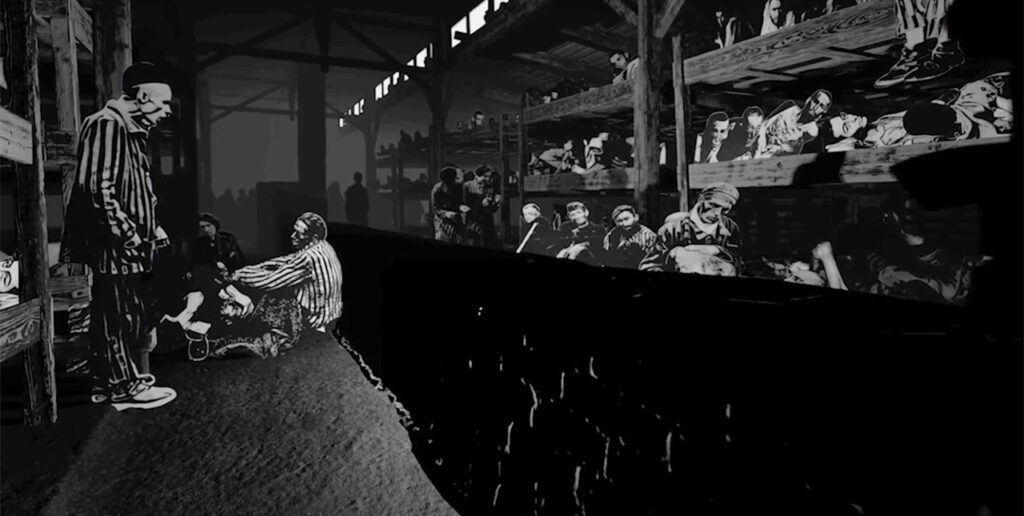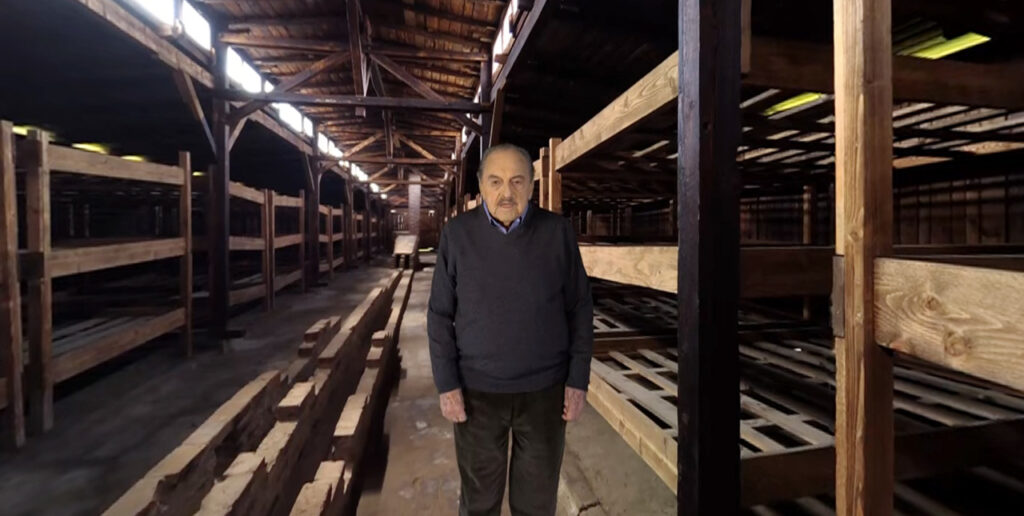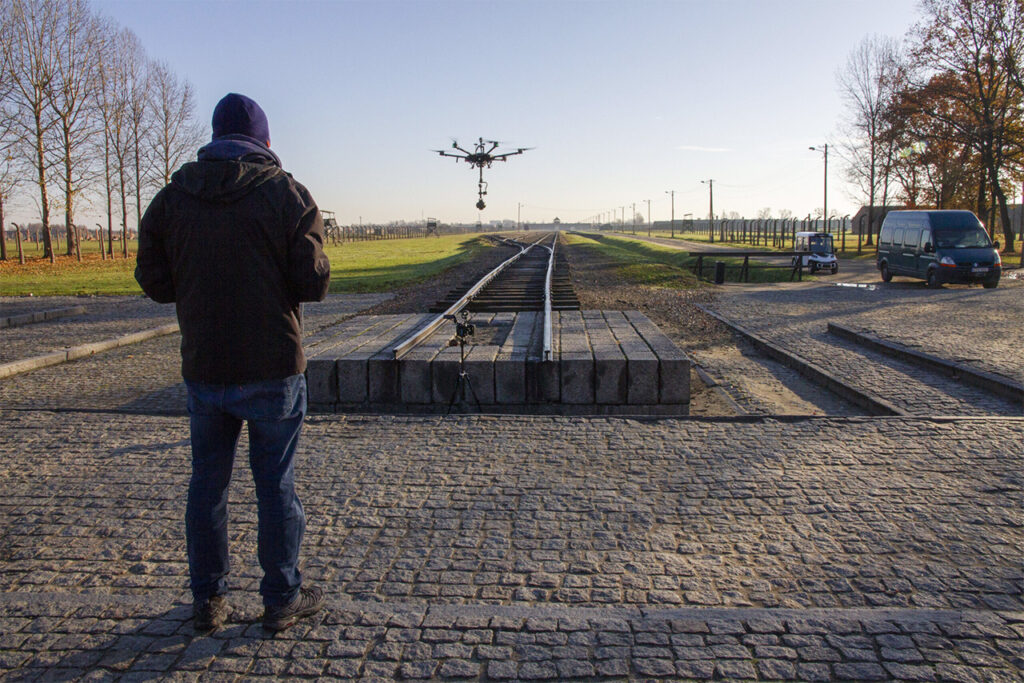The Illinois Holocaust Museum and Education Center (IHMEC) reminds us of a stark finding: per the 2018 Holocaust Knowledge and Awareness Study, 41 percent of Americans have never heard of Auschwitz. Hence the museum’s ongoing mission, since 2009, to combat hate, prejudice, and injustice with education. This, IHMEC has been accomplishing with exhibitions centered on human rights and social justice, and a collection that encompasses some 20,000 artifacts. Now, the institution is introducing virtual reality (VR) into its programming, drawing on the transportive tool to deepen both Holocaust teaching and learning.
What happened
This week, coinciding with International Holocaust Remembrance Day on January 27, IHMEC’s first VR exhibition, The Journey Back, opens to the public. Housed in the museum’s new purpose-built Virtual Reality Gallery, the presentation features two Holocaust survivor stories: in Don’t Forget Me, survivor George Brent describes his harrowing journey from the Téscö ghetto in Czechoslovakia to Auschwitz-Birkenau, while A Promise Kept sees Fritzie Fritzshall recount her own persecution and captivity, fulfilling her promise to the 599 women she was imprisoned with at Auschwitz to tell their story.


Both VR experiences immerse visitors in 360-degree projections of the Nazi concentration camps, including a recreation of the men’s barracks at Auschwitz-Birkenau (above), and the survivor testimonies of Fritzie Fritzshall and George Brent (below). Images: Illinois Holocaust Museum and Education Center
With each 11 to 13-minute experience, participants are fully immersed in life-sized, 360-degree projections as they follow Brent and Fritzshall from their childhood homes to the concentration camps. They can also virtually walk through the current-day Auschwitz, Mauthausen, and Ebensee camps, in 3D environments captured by a team of filmmakers and VR producers including Eyelash.ai, 30Ninjas, and the Farm 51 using a variety of techniques spanning panoramic scanning, drone footage, and time-lapse photography.
Pre-experience, IHMEC’s Virtual Reality Gallery will onboard audiences with an introductory film, and post-visit, offers supplementary educational material including historical timelines, maps, and reflection questions.
Why it matters

The exhibition was put together by a team of filmmakers and VR producers, which used a variety of filming techniques to capture the current-day Auschwitz, Mauthausen, and Ebensee camps. Image: Illinois Holocaust Museum and Education Center
As the number of Holocaust survivors shrinks everyday, the preservation of survivor and witness stories has become an increasingly urgent project for Holocaust memorials. Advanced and digital technologies have represented effective tools, not just for their ease of use and capture, but for their ability to more viscerally engage audiences by placing them at the heart of Holocaust memory.
IHMEC’s The Journey Back marks the first time that VR has been used to preserve and produce Holocaust testimonies, and joins similar ventures such as the United States Holocaust Memorial Museum’s robust digital encyclopedia and USC Shoah Foundation’s AI-powered Dimensions in Testimony program (also installed at the IHMEC) in applying innovative tech to Holocaust archiving.
What they said
“In both Fritzie and George’s films, there is an essential understanding that these stories need to be carried on. The knowledge we gain from their pasts influences our futures and informs the way we interact with the world. And there is truly no better way to learn than to virtually tour the Holocaust sites today with a survivor to see them from their point of view.” — Susan Abrams, CEO, Illinois Holocaust Museum and Education Center



